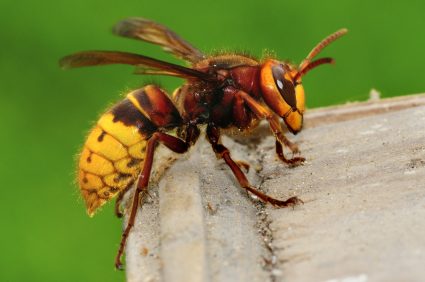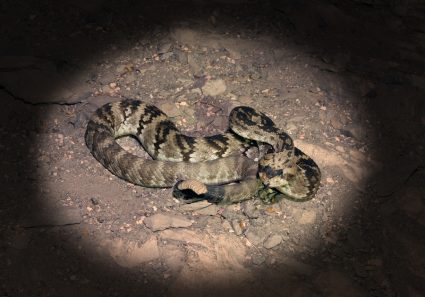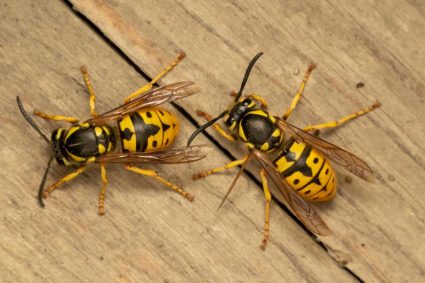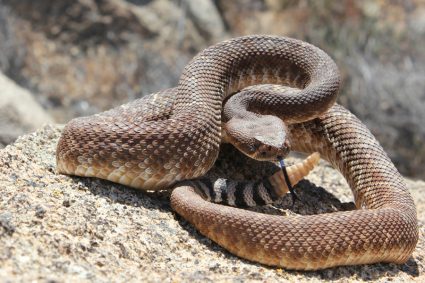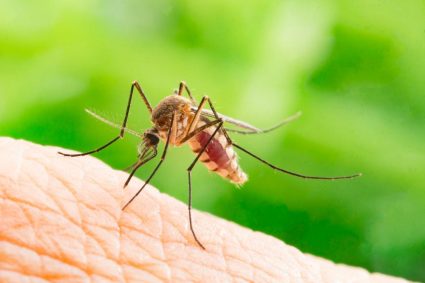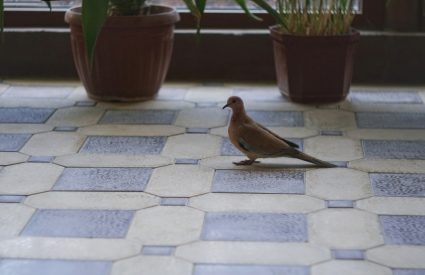
Deer, while often beautiful to observe in their natural habitat, can become a real nuisance when they venture into our gardens and landscapes. They can decimate a flower bed or shrubbery overnight, leaving gardeners frustrated and disheartened. But don’t despair, planting deer-resistant bushes can help deter these unwanted visitors. In this article, we will explore the types of bushes that deer tend to avoid and how to use them effectively in your landscape.
Deer tend to avoid bushes that have strong odors, distasteful flavors, or prickly textures. Some of the bushes that deer hate include Boxwood, Juniper, Bluebeard, Arrowwood Viburnum, Butterfly Bush, Shrub Roses, Bayberry, ‘Carol Mackie’ Daphne, Mountain Laurel, and Eastern Red Cedar. Strategic planting and regular maintenance of these bushes can help deter deer from your garden.
Understanding Deer Preferences
Deer are selective feeders with preferences that vary by region, season, and availability of alternative food sources. They are known to avoid certain types of plants due to their smell, taste, or texture. However, it’s important to note that no plant is completely deer-proof. A hungry deer in areas with limited food sources may still eat plants that are generally considered to be deer-resistant.
Bushes That Deer Hate
Let’s delve into the types of bushes that are most likely to deter deer:
- Boxwood (Buxus): Boxwoods are broadleaf evergreens that are popular choices for hedges. They contain alkaloids that are distasteful to deer and emit a strong odor that deer dislike.
- Juniper (Juniperus sp.): Junipers are members of the cypress family and give off a heavy fragrance. Because deer have a sensitive sense of smell, they tend to avoid any plants with a strong odor.
- Bluebeard (Caryopteris x clandonensis): Bluebeard is another bush that deer tend to avoid. This plant is easy to care for and thrives in full sun.
- Arrowwood Viburnum (Viburnum dentatum): This deer-resistant shrub bears reddish fall foliage and bluish berries in addition to white flowers in the spring.
- Butterfly Bush (Buddleia davidii): These bushes are magnets for pollinators but deer tend to avoid them.
- Shrub Roses: Shrub roses are good plants where deer are a problem due to their thorny stems that deer don’t like to eat.
- Bayberry (Myrica pensylvanica): The fragrance of bayberry deters deer from eating it.
- ‘Carol Mackie’ Daphne (Daphne x burkwoodii ‘Carol Mackie’): This variegated bush with extremely fragrant flowers is distasteful to deer.
- Mountain Laurel (Kalmia latifolia): This native evergreen shrub is one of the best choices for a shrub that will be ignored by deer.
- Eastern Red Cedar (Juniperus virginiana): This native evergreen species is typically avoided by deer.
Strategic Planting
Homeowners can strategically plant these bushes to discourage deer from entering their yards. For instance, plant large, sprawling deer repellent varieties such as thick hedges of boxwoods or short needle spruces around the borders of your garden. If deer can’t see what’s inside, they’re less likely to enter your property.
In addition, planting patches of strongly scented herbs like garlic, chives, mint, and lavender can mask the appealing aroma of nearby plants, making your garden less appetizing to deer.
Maintaining Deer-Deterring Bushes
Regular maintenance of these bushes is crucial for their survival and continued deer deterrence. Pruning should be done once a year after the shrub has finished flowering. Monitor your plants for signs of deer damage, such as jagged or torn leaves. If you notice damage, consider implementing additional deer deterrent measures, such as fencing, repellents, or scare tactics.
In Summary
While no plant is 100% deer-proof, the bushes listed above have been found to be less appealing to deer. By strategically planting these in your landscape, you can create a garden that is both beautiful and deer-resistant. Remember to maintain these plants properly and use additional deer deterrents as necessary. With a bit of planning and effort, you can enjoy a garden that thrives despite the presence of deer.
Frequently Asked Questions
What other measures can be taken to deter deer from a garden?
In addition to planting deer-resistant bushes, other measures can be taken such as installing a deer fence, using deer repellents, or employing scare tactics like motion-activated sprinklers.
When is the best time to plant these deer-resistant bushes?
The best time to plant these bushes is in the early spring or fall when the temperature is moderate.
Are there any deer-resistant bushes that also attract butterflies and birds?
Yes, some deer-resistant bushes like the Butterfly Bush and Arrowwood Viburnum not only deter deer but also attract butterflies, birds, and other pollinators.
How tall do these deer-resistant bushes grow?
The height of these bushes varies by species. For instance, boxwoods can grow up to 20 feet tall whereas Bluebeard typically grows to a height of 2-3 feet.
Are these deer-resistant bushes resistant to other pests as well?
Some of these bushes may also be resistant to other pests. For example, boxwoods are generally resistant to rabbit damage. However, it’s always a good idea to research individual plant species for specific pest resistance.
Can these deer-resistant bushes survive in shade?
Some of these bushes like Boxwood and Mountain Laurel can tolerate shade. However, most of them prefer full sun to partial shade. Always check the specific sunlight requirements for each plant species.

